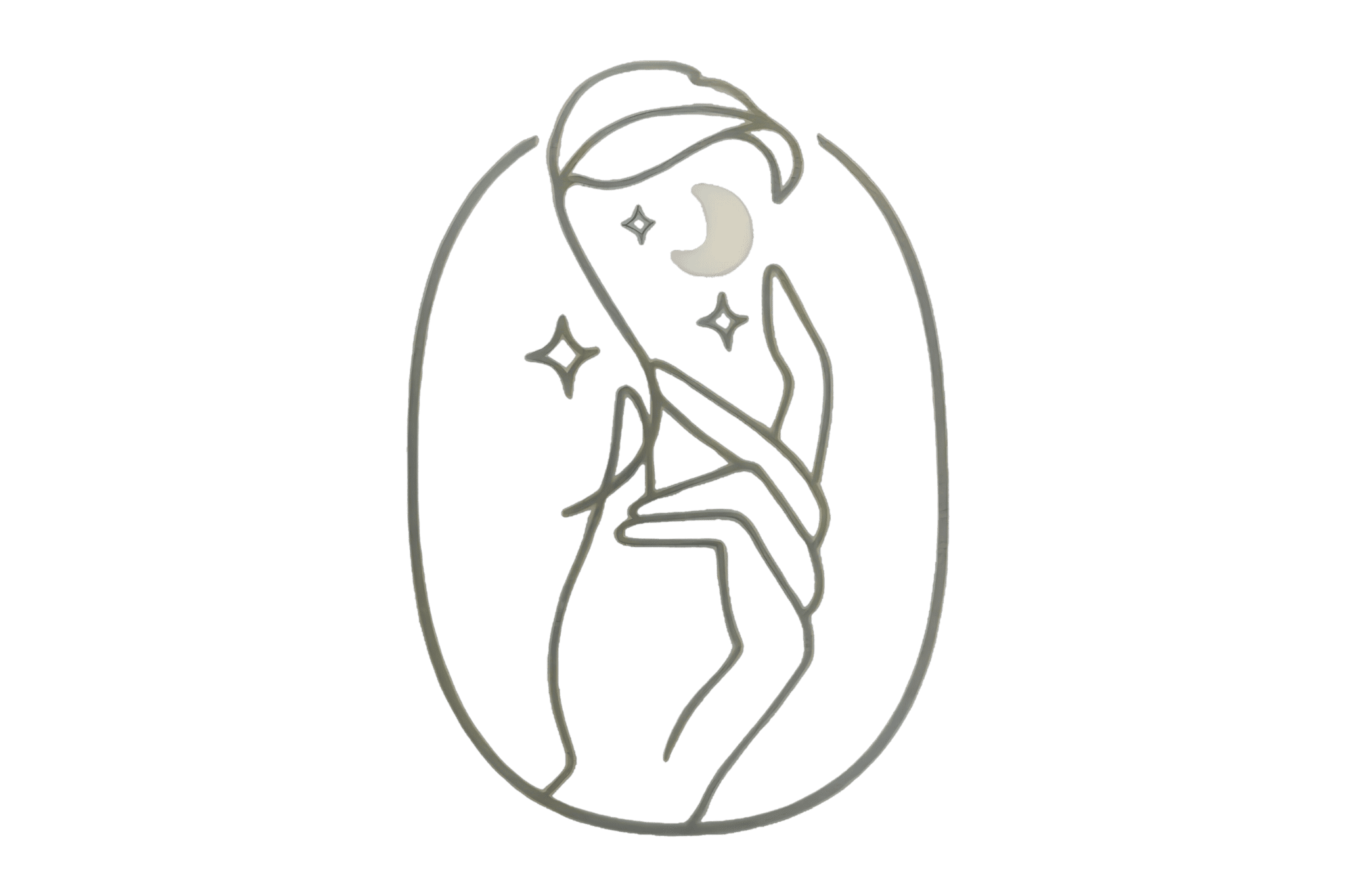“`html
Essential Elements of a Successful Beauty Website
A successful beauty website hinges on several critical elements that work in tandem to create an effective and engaging user experience. First and foremost, user-friendly navigation is paramount. Visitors should be able to effortlessly find their desired content or products with minimal clicks. Clearly labeled categories, a concise menu structure, and prominent search functionality enhance usability and encourage deeper exploration of the site.
Consistent and attractive branding is another vital component. A cohesive aesthetic featuring the brand’s signature colors, logos, and typography strengthens brand recognition and instills a sense of trust among users. High-quality visuals and imagery further elevate the site’s appeal, showcasing products, tutorials, and customer testimonials in the best possible light. Clear, crisp images, preferably optimized for web performance, are indispensable in a visual-centric industry.
Engaging and informative content is equally significant. Detailed product descriptions, insightful blog posts, and helpful how-to guides provide value and position the website as a go-to resource for beauty enthusiasts. Content should be well-organized and easy to read, ideally supplemented with the judicious use of multimedia such as videos and infographics, to cater to diverse preferences.
Seamless e-commerce integration is critical for converting interest into sales. An intuitive shopping cart, secure payment options, and a streamlined checkout process can substantially increase conversion rates. Equally important is responsive design, ensuring that the website functions flawlessly across various devices, from desktops to smartphones. A mobile-optimized beauty website caters to the increasing number of users shopping and seeking information on-the-go.
Lastly, site speed and performance play a crucial role in enhancing user experience. Fast loading times deter high bounce rates and keep visitors engaged. Implementing performance best practices such as image optimization, minimal use of heavy scripts, and leveraging content delivery networks (CDNs) can significantly bolster site speed.
Combining these elements creates a visually appealing and functional layout that captivates visitors’ attention, encourages interaction, and ultimately converts them into loyal customers, ensuring the long-term success of a beauty website.
“`
Optimizing Your Beauty Website for SEO and Social Media
Optimizing your beauty website for search engines (SEO) and social media is crucial in today’s digital landscape. Start with comprehensive keyword research to identify terms and phrases that potential customers are searching for. Use these keywords naturally throughout your site, including in titles, headings, and meta descriptions, to improve your site’s visibility on search engines.
On-page SEO techniques involve optimizing individual pages to rank higher. Ensure your beauty website features high-quality, original content, and utilizes internal linking to connect related pages. Moreover, your site should be mobile-friendly and have fast load times to enhance user experience and lower bounce rates.
For off-page SEO, focus on building a strong backlink profile. Partnerships with influencers in the beauty industry can be particularly advantageous, as they can provide high-quality backlinks and attract a broader audience. Social signals from shares, likes, and comments on social media also contribute positively to your site’s authority.
Meta tags and descriptions are essential for improving click-through rates from search engine results pages. Craft compelling and concise meta tags that include your primary keywords and provide clear, relevant information about the page content, encouraging users to click through to your website.
Content marketing is a powerful tool in the beauty industry. Regularly update your blog with well-researched articles, video tutorials, and tips that engage your audience. User-generated content, such as customer reviews and testimonials, can build trust and provide social proof. Additionally, influencer collaborations can help you reach new audiences and generate authentic content that resonates with potential customers.
Integrating social media platforms like Facebook, Instagram, and Pinterest into your marketing strategy is vital. Use these channels to showcase your products, share customer stories, and engage with your audience through comments and messages. Visual platforms like Instagram and Pinterest are particularly effective for showcasing beauty products and tutorials.
Finally, track and analyze your website performance using tools like Google Analytics. Monitor metrics such as traffic sources, user behavior, and conversion rates to make informed decisions. Adjust your strategy based on these insights to continuously improve your online presence and achieve long-term success.

